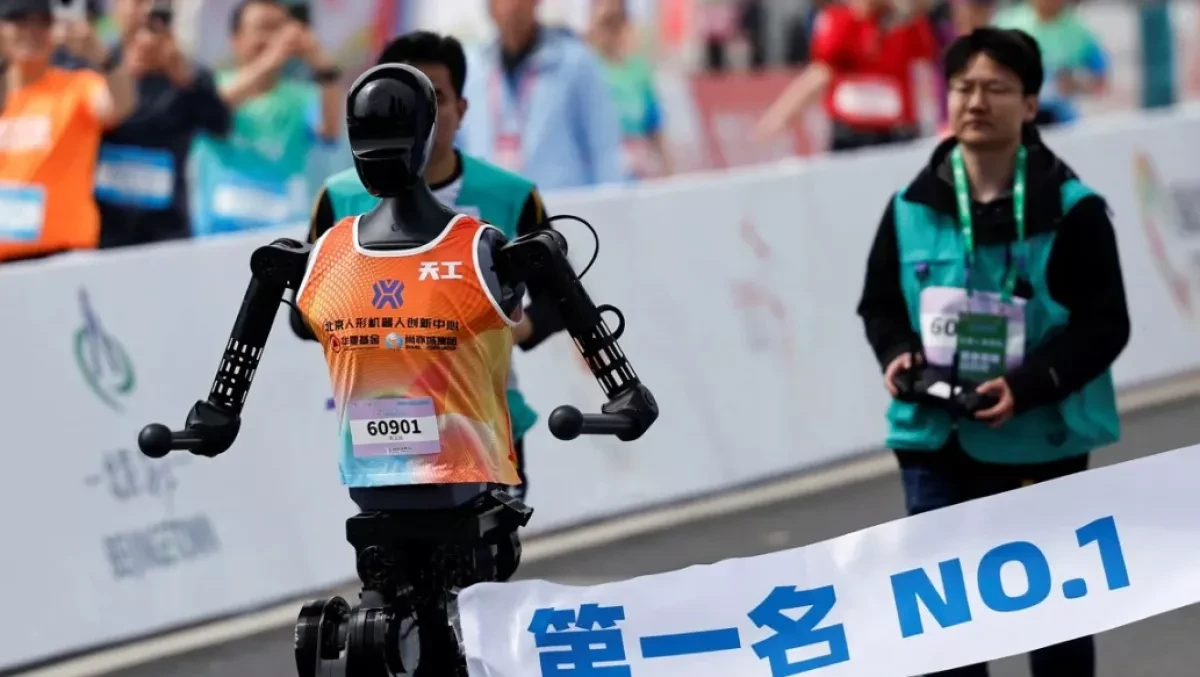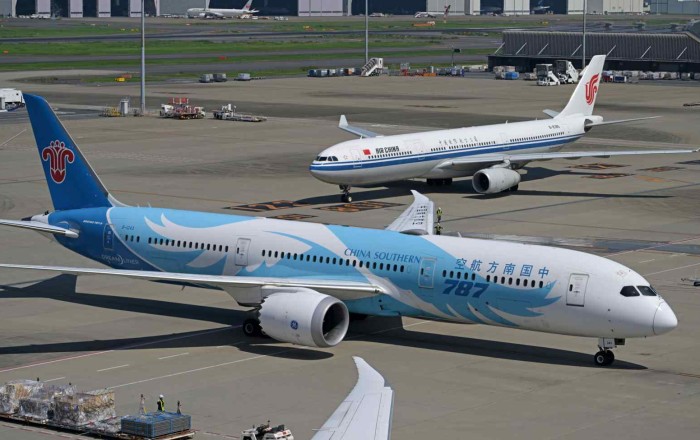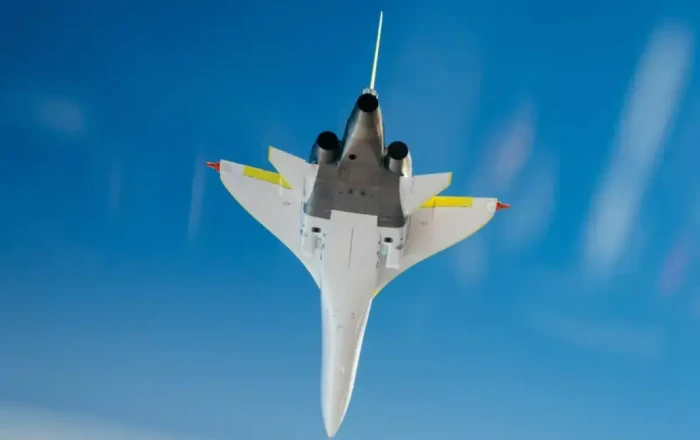Twenty-one humanoid robots joined thousands of runners at the Yizhuang half-marathon in Beijing, China, on April 19.
This marked the first time these robots raced alongside human participants over the 21-kilometer (13-mile) course, Caliber.Az reports, citing Western media.
Manufactured by Chinese companies such as DroidUP and Noetix Robotics, the robots varied greatly in size, with some standing shorter than 120 cm (3.9 feet), while others towered at 1.8 meters (5.9 feet). One robot, designed to closely resemble a human, boasted feminine features and even the ability to wink and smile.
While the event was primarily a test of engineering, with many companies spending weeks preparing their robots, Beijing officials likened it to a race car competition, emphasizing the importance of precision in both the design and the real-time operation of the robots. "The robots are running very well, very stable ... I feel I'm witnessing the evolution of robots and AI," said He Sishu, a spectator and artificial intelligence professional.
Though autonomous, the robots were accompanied by human trainers, some of whom provided physical support during the race. A few robots sported running shoes, with one donning boxing gloves and another a red headband inscribed with the words "Bound to Win."
The winner of the robot race, Tiangong Ultra from the Beijing Innovation Center of Human Robotics, crossed the finish line in 2 hours and 40 minutes. This was notably slower than the human winner of the race, who completed the course in 1 hour and 2 minutes. Despite the significant time gap, Tiangong Ultra's performance was hailed as a remarkable achievement in robotics.
"The robot's long legs and an advanced running algorithm helped it imitate human marathon running," said Tang Jian, chief technology officer for the robotics center. He proudly claimed that no robotics firm in the West had matched Tiangong Ultra's sporting feats, adding that the robot switched its batteries only three times during the race.
While some robots, like Tiangong Ultra, completed the course successfully, others faced challenges early on. One robot fell at the starting line, taking several minutes to recover, while another crashed into a railing, causing its operator to fall.
By Khagan Isayev
Source: caliber.az












